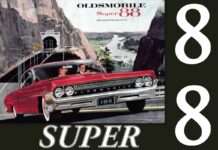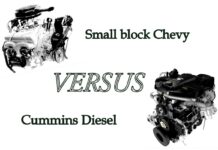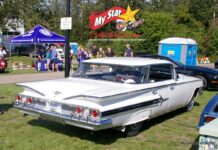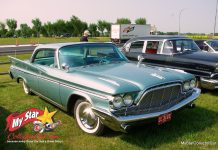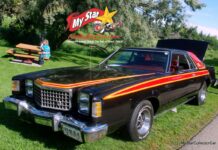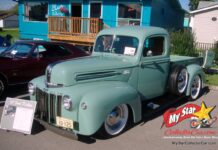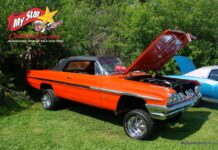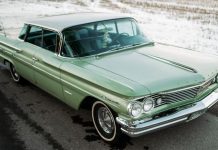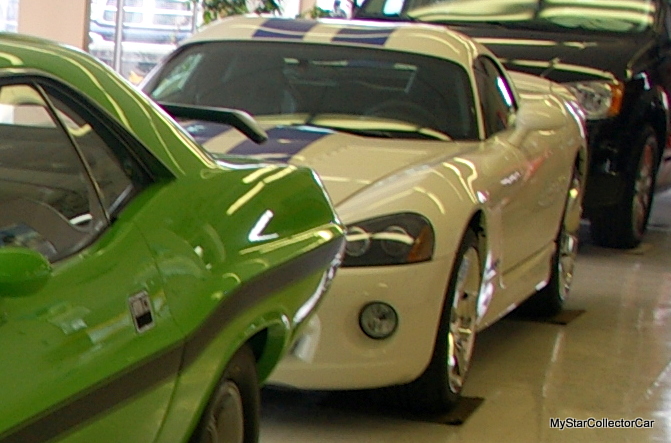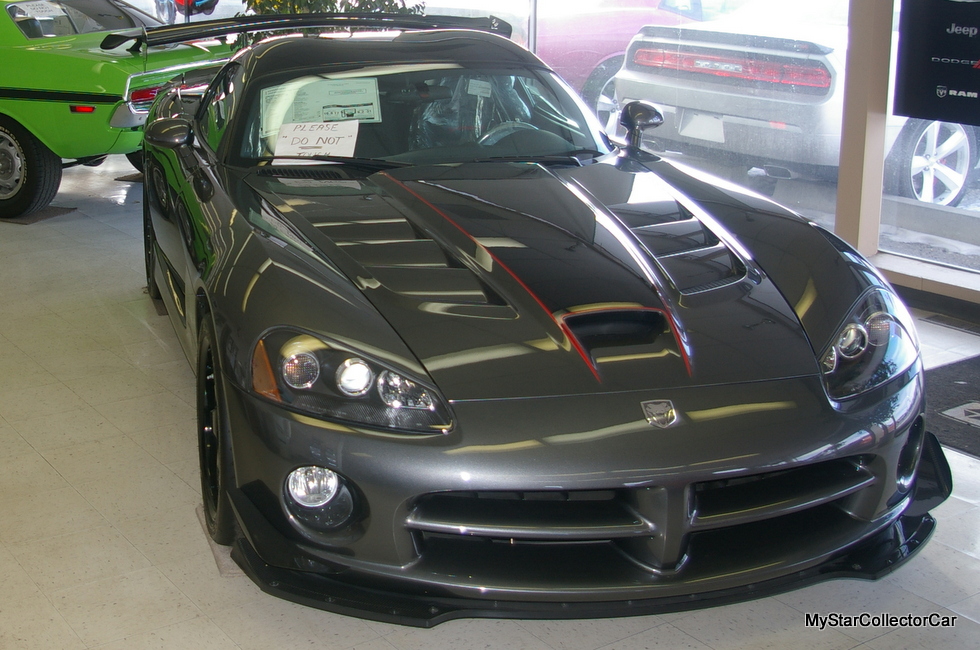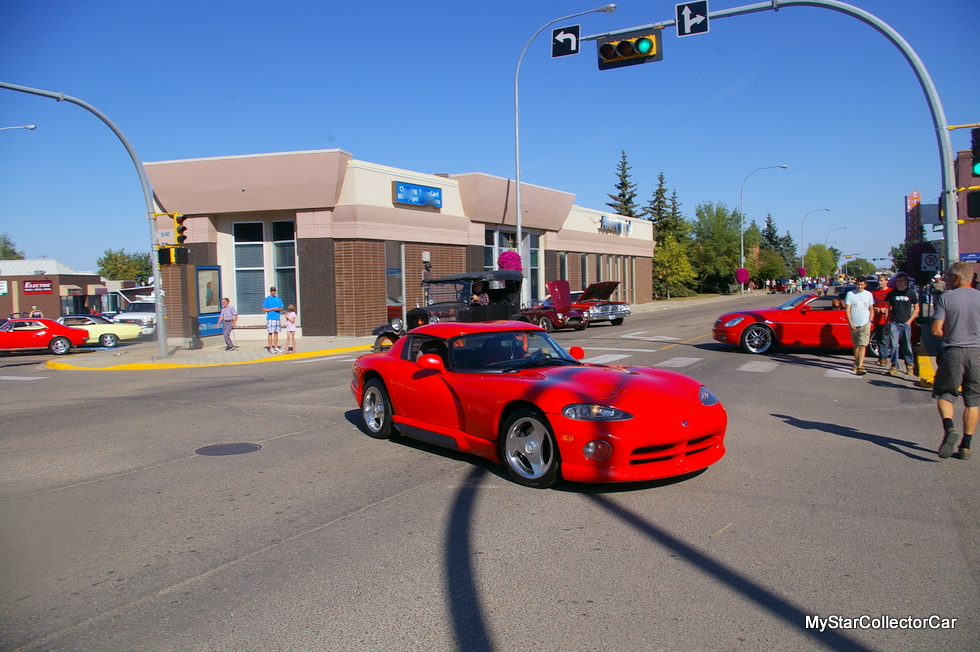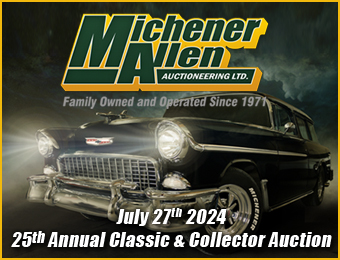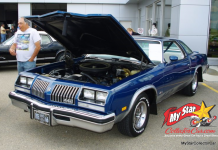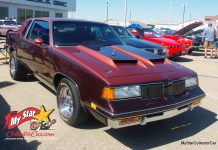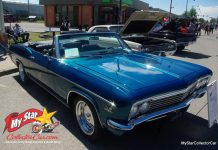The Dodge Viper arrived on the automotive scene in 1991 and owned the headlines at the time.
The Viper was Chrysler’s late 20th century answer to this question: “What if we build a 1990s version of the Ford Cobra?”
Most car guys are well aware of the Cobra because it illustrated what happens when race legend/automotive god Carroll Shelby was able to wedge an American V-8 into a British sports car.
The result was spectacular-even when Shelby ran small block V-8 Ford engines in his Cobras-and bordered on insanity when he decided to throw a Ford 427 monster big block into his cars.
Either way, the 1960s-era Cobras were a very limited edition street assassin- even during the Muscle Car wars of that same frantic period in American automotive history.
The idea that any car company would attempt to capture lightning in a big horsepower bottle was not taken seriously because the Cobra had already been there, done that, and annihilated the competition along the way.
Chrysler had other ideas, even if they had already attached the Shelby name to a host of forgettable 1980s four-banger/ front wheel drive cars that were more decal than horsepower by comparison to the Cobra.
Chrysler pushed the Viper name because it was another snake handle for a muscled-out car that was both very impractical and very cool at the same time.
The Viper has always been a two-seater sports car with a long front end and a short deck that was designed in the finest tradition of the earlier Cobra. The design was tweaked during its production run that came to a screaming halt in 2017, but a Viper was unmistakably a Viper over the years.
The Vipers got faster and sleeker during their production run; plus they even got a roof along the way. The Viper’s engine choice was pretty simple: a V-10 engine that offered brute force performance under a very cool outer skin.
Like the earlier Cobra, the Viper was initially offered in a somewhat primitive form that had no creature comforts and very much looked the part of a street predator. There was cold-blooded menace in the Viper because it looked the part in a very imposing way.
The brief history of the Viper leads me to an important difference between a Cobra and a Viper: exhaust sound. This summer I was behind a Viper on the street and, as usual, I liked the no-nonsense style of the predator on four wheels-right up to the point when the driver pulled away from me at the stop light and I heard the car’s exhaust system.
The Viper had four exhaust tips and none of them meant business to me because I was raised in the sound of pure muscle exhaust systems-and this car sounded like a slightly angry Honda to me. It was a little like John Wayne with a Barney Fife voice and it crushed my car guy soul.
The Cobra looked the part and sounded like it meant business in a big way mainly because the cars did mean business in a big way-particularly in big block form. The Viper was always a huge disappointment to me because these cars should sound as menacing as they look on the street.
That particular Mopar auditory honor goes to the Dodge Challenger Hellcat because an angry Hellcat will wake up the dead.
The Viper was always in sensory deprivation mode when it came to loud and proud muscle cars. That was its biggest drawback and the reason it was never a Cobra killer.
BY: Jim Sutherland
Jim Sutherland is a veteran automotive writer whose work has been published by many major print and online publications. The list includes Calgary Herald, The Truth About Cars, Red Deer Advocate, RPM Magazine, Edmonton Journal, Montreal Gazette, Windsor Star, Vancouver Province, and Post Media Wheels Section.
- CLICK HERE to Like us on Facebook
- CLICK HERE to Follow us on Twitter
- CLICK HERE to Follow us on Pinterest






